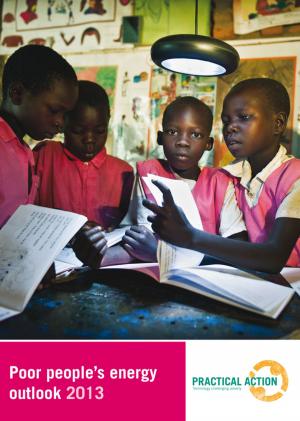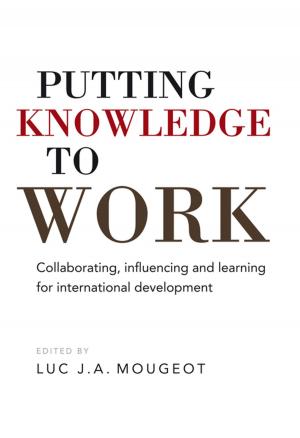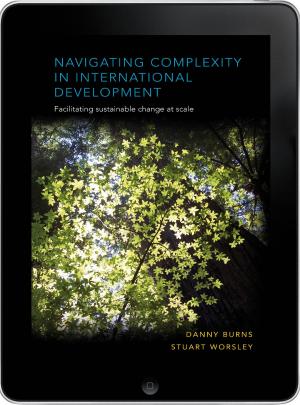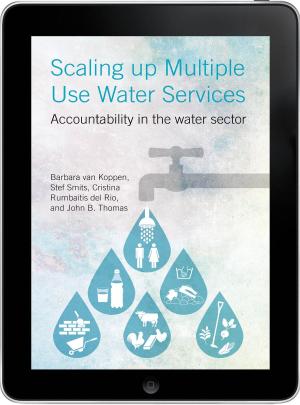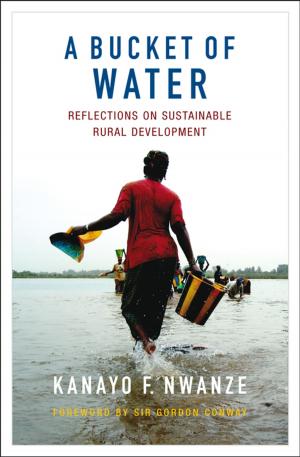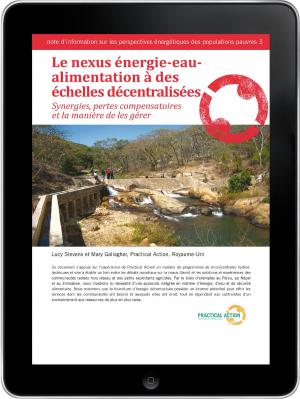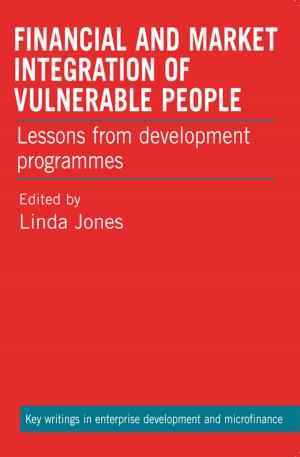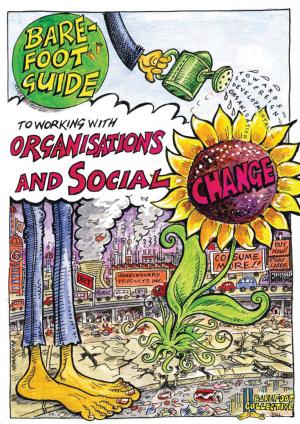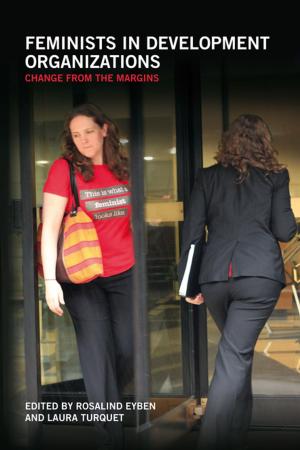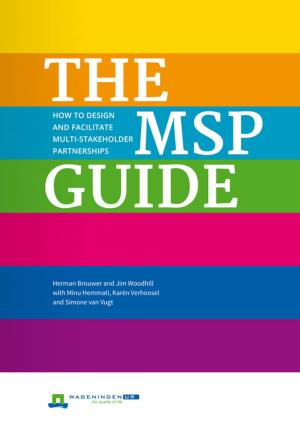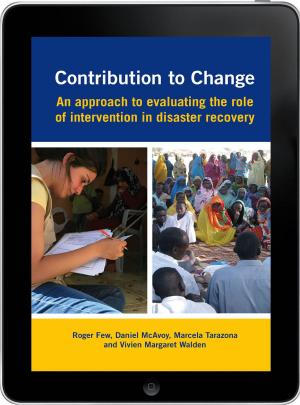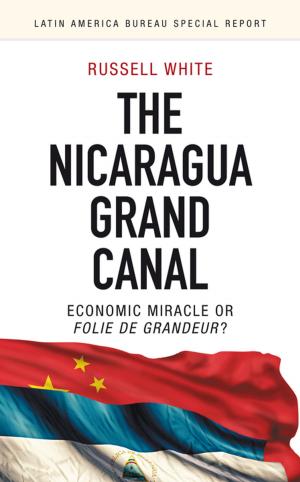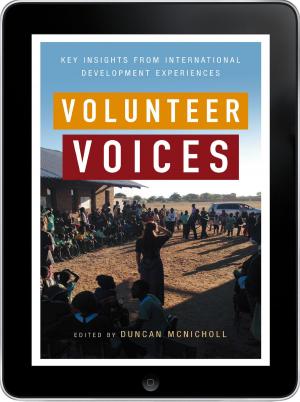Wellbeing Ranking eBook
Developments in applied community-level poverty research
Nonfiction, Reference & Language, Reference, Social & Cultural Studies, Social Science| Author: | ISBN: | 9781780448466 | |
| Publisher: | Practical Action Publishing | Publication: | October 15, 2014 |
| Imprint: | Practical Action Publishing | Language: | English |
| Author: | |
| ISBN: | 9781780448466 |
| Publisher: | Practical Action Publishing |
| Publication: | October 15, 2014 |
| Imprint: | Practical Action Publishing |
| Language: | English |
Wealth-ranking is a participatory tool enabling people to group their fellows into wealth bands, and thus identify the very poor. Now the method has been developed to include the broader aspects of wellbeing, such as social standing and health, that people value as much as material wealth. Wellbeing Ranking tells the story of the development of these assessment methods since the rise of wealth ranking in the 1980s. It looks at the results of wellbeing ranking exercises and how they help identify important differences within communities and monitor changes in wellbeing over time.The book suggests that understanding differences within communities is essential for good development aid work and describes the successful use of ranking tools over large populations and the value of using multi-dimensional models of wellbeing.This book is essential reading for everyone interested in participatory methods, from researchers and students of international development, to field workers and staff of international development agencies.
Wealth-ranking is a participatory tool enabling people to group their fellows into wealth bands, and thus identify the very poor. Now the method has been developed to include the broader aspects of wellbeing, such as social standing and health, that people value as much as material wealth. Wellbeing Ranking tells the story of the development of these assessment methods since the rise of wealth ranking in the 1980s. It looks at the results of wellbeing ranking exercises and how they help identify important differences within communities and monitor changes in wellbeing over time.The book suggests that understanding differences within communities is essential for good development aid work and describes the successful use of ranking tools over large populations and the value of using multi-dimensional models of wellbeing.This book is essential reading for everyone interested in participatory methods, from researchers and students of international development, to field workers and staff of international development agencies.

